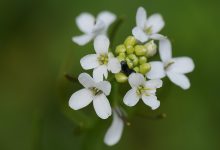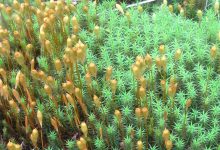
A team of researchers including from the University of Adelaide has discovered a new polysaccharide present in mosses which is similar to beta-glucan and can be subjugated for health or other uses. Polysaccharides are a complex carbohydrate made up of sugar molecules.
They found that this new complex carbohydrate is very similar to beta-glucan which is gut-friendly, health-promoting and is also found in oats and other cereals.
This research was led by Professor Rachel Burton, in the University of Adelaide’s School of Agriculture, Food and Wine, and Professor Alison Roberts, University of Rhode Island. When the research team made this discovery, they were studying the evolutionary history of the beta glucan.
Beta glucan is a dietary fiber having many health benefits and is also found in cereals such as oats and barley. Although beta glucan has not been found in moss, the plants have similar relevant genes.
With this in mind, The researchers took one of these similar genes from moss to check whether this gene will produce beta-glucan or not. They found that this new polysaccharide is not only composed of glucose as beta-glucan can instead it contains sugars glucose and arabinose.
“We have called it arabinoglucan and believe the way the two different sugars link together will make it structurally similar to beta-glucan. We are not advocating eating moss, we are simply saying that there is great potential for this new polysaccharide as we’ve seen with others.” says Professor Burton
Professor Burton says that the role of the arabinoglucan is not yet known but it may have properties that can be exploited for health, industrial and medical fields, like well-known polysaccharides, such as cellulose for paper and cotton, or xylans that can be used for as dietary supplements or drug delivery.
“This discovery leads to the question: how many other polysaccharides do plants contain that we don’t yet know about?” Professor Burton says. “We don’t know what’s there because we can’t always see it. Scientists will need new tools to be able to find them, which might include new antibodies and microscopy techniques.”






